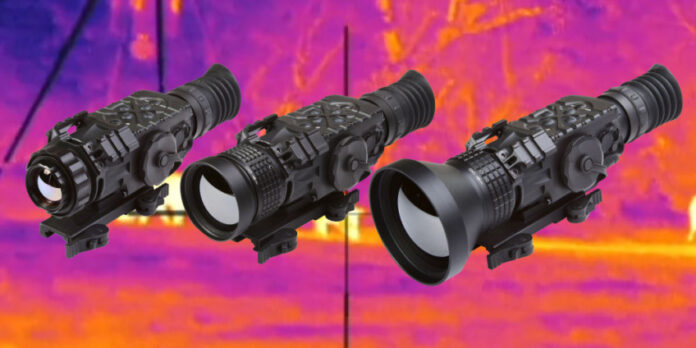A thermal scope is an advanced tool used by hunters and target shooters for improved accuracy and visibility in low light or nighttime conditions. It works by detecting the heat signatures of objects in the environment, allowing the user to see clearly in the dark. However, using a thermal scope requires some skill and knowledge. In this article, we will provide a guide on how to use a thermal scope for hunting and target shooting.
Understanding the basics of a thermal scope
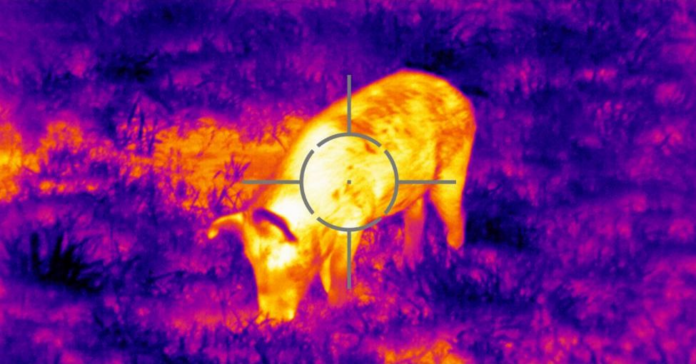
Before using a thermal scope, it’s essential to understand how it works. It operates by detecting the infrared energy emitted by warm objects, converting the heat into an image. This image is displayed on the scope’s screen, allowing the user to see their target even in complete darkness. Additionally, it can detect heat signatures through smoke, fog, and other obstructions, making them ideal for hunting and target shooting in challenging conditions.
Mounting the thermal scope
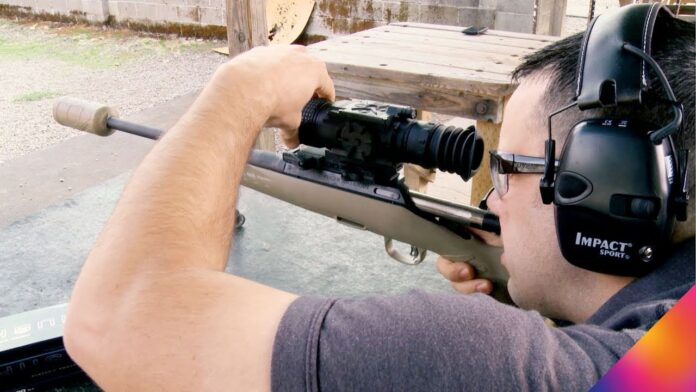
Once you have your thermal scope, the next step is to mount it correctly on your rifle. It’s important to ensure the scope is aligned with the barrel of the rifle to achieve the best accuracy. You can either mount the thermal content directly on the rifle or use a mount that allows you to switch between the scope and the iron sights.
Options for mounting the thermal scope
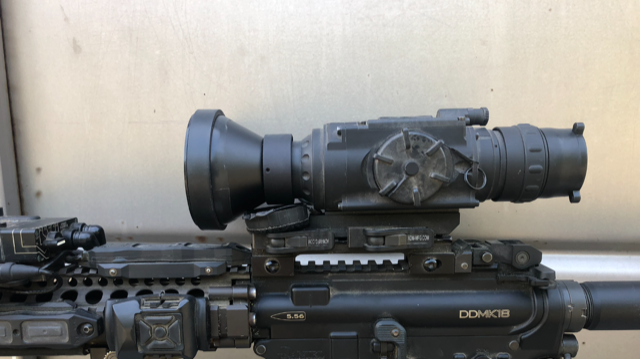
Mounting the thermal scope correctly is crucial for achieving accurate shots while hunting or target shooting. There are several options for mounting a thermal scope, including directly onto the rifle or using a mount that allows you to switch between the thermal scope and iron sights. Mounting directly onto the rifle is a common method, and you can use specialized mounts designed for specific rifles or a universal mount. Choosing the right mount is essential to ensure a secure fit and proper alignment with the rifle’s barrel. Alternatively, using a mount that allows you to switch between the thermal range and iron sights provides flexibility in different shooting situations. It’s essential to choose a mount that suits your specific needs and preferences to achieve the best results.
Adjusting the thermal scope
Before using the thermal scope, you need to adjust it to your specific needs. This includes adjusting the reticle, focus, and magnification. The reticle is the crosshairs that appear on the screen, and you can adjust its size and color to suit your preferences. Focus adjustments allow you to sharpen the image, while magnification enables you to zoom in or out to get a better view of your target.
Reticle adjustments
Reticle adjustments are an essential part of using a thermal scope for hunting and target shooting. The reticle is the crosshairs that appear on the screen, which helps you aim at your target accurately. It’s crucial to adjust the reticle to your specific needs, including its size and color. A smaller reticle can help you focus better on your target, while a larger one can make it easier to aim quickly. Additionally, adjusting the color of the reticle can help improve visibility in different lighting conditions.
Focus adjustments
Focus adjustments are another important aspect of using a thermal area effectively. These adjustments allow you to sharpen the image of your target, making it clearer and more defined. A blurry image can make it difficult to aim accurately, reducing your chances of a successful shot. To adjust the focus of your thermal scope, you can use the focus ring located near the eyepiece. By rotating the ring, you can adjust the focus to suit your needs. It’s essential to take the time to adjust the focus properly, especially when targeting small or distant objects. With a sharp and clear image, you can improve your accuracy and increase your chances of a successful hunting or shooting experience.
Magnification adjustments
Magnification adjustments are a critical component of using a thermal extent for hunting and shooting. They allow you to zoom in or out to get a better view of your target, improving your accuracy and precision. A higher magnification level is ideal for long-range shooting, allowing you to see your target clearly and take more accurate shots. Conversely, a lower magnification level is better for closer-range shooting, providing a wider field of view and better situational awareness. It’s essential to choose the right magnification level for your specific needs and to adjust it carefully to avoid losing sight of your target.
Using the thermal scope for hunting
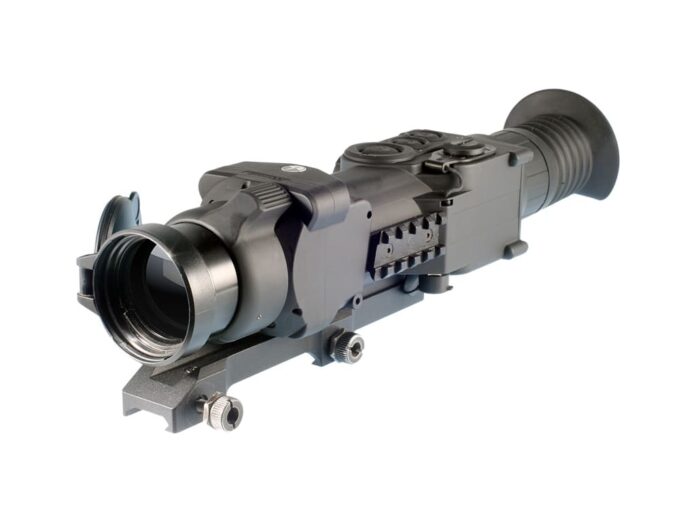
When hunting, a thermal scope can help you spot your prey from a distance, even in the darkest of conditions. However, you need to know how to use it effectively to avoid spooking the animal. Start by scanning the area slowly, looking for any heat signatures that might indicate the presence of an animal. Once you spot your target, approach it carefully, making sure you’re in a good position to take the shot. It’s important to note that thermal scopes can also detect heat signatures from other animals in the area, so it’s essential to confirm your target before taking the shot.
Using the thermal scope for target shooting
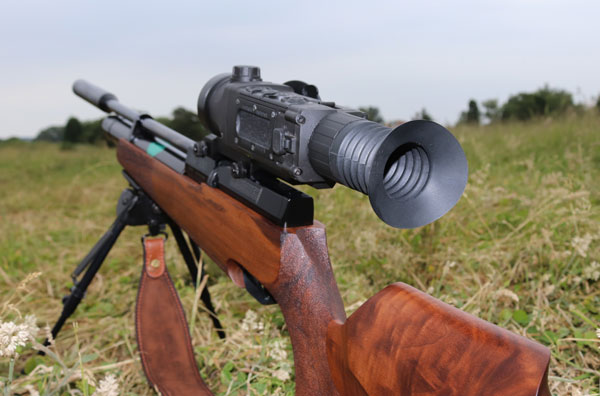
Target shooting with a thermal scope requires a different approach from hunting. In this case, the focus is on accuracy and precision, and you’ll need to practice regularly to improve your skills. Start by setting up your targets at various distances, then adjust the reticle, focus, and magnification accordingly. Take your time when aiming, and try to maintain a stable shooting position to reduce recoil and improve accuracy.
Aiming techniques
Aiming techniques are crucial for using a thermal scope effectively for hunting and shooting. One key technique is to maintain a stable shooting position to reduce recoil and improve accuracy. This can be achieved by using a stable rest or bipod, or by adopting a proper shooting stance. Additionally, it’s important to align the reticle with the target, keeping it centered and steady. Another technique is to control your breathing, exhaling and holding your breath for a few seconds before taking the shot. This can help reduce movement and improve your accuracy. Finally, it’s important to take your time when aiming, making sure you have a clear view of the target and adjusting the magnification and focus as needed.
Conclusion
Using a thermal scope for hunting and target shooting can significantly improve your accuracy and visibility in low light or nighttime conditions. However, it’s essential to understand the basics of the scope and how to adjust it for your specific needs. By following the tips in this guide, you’ll be able to use your thermal scope effectively and safely, enhancing your hunting and shooting experience.
